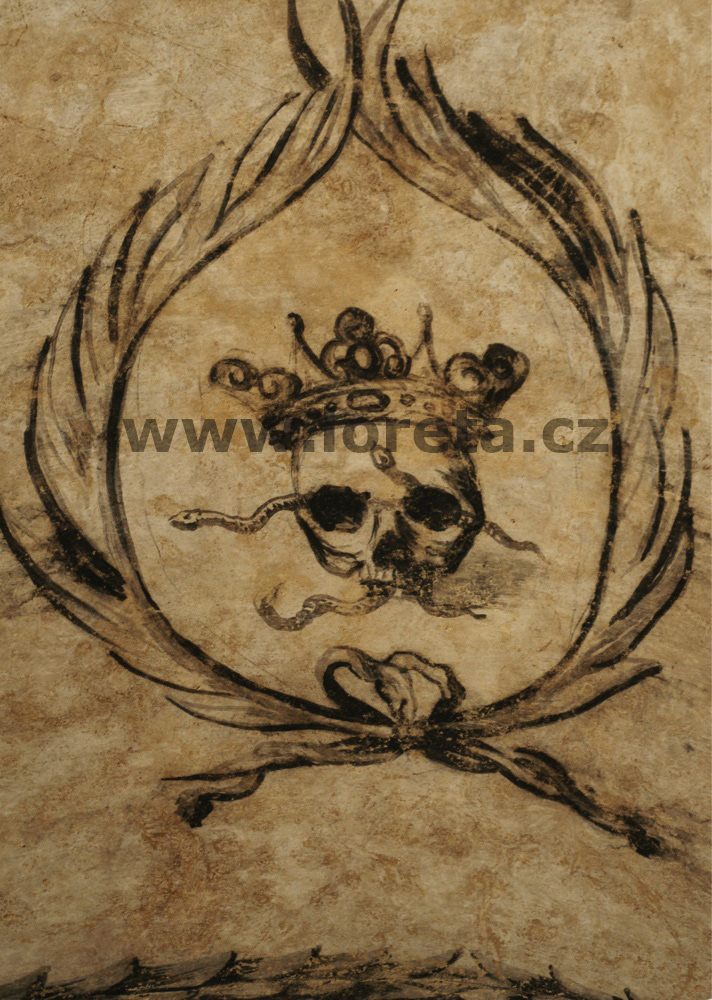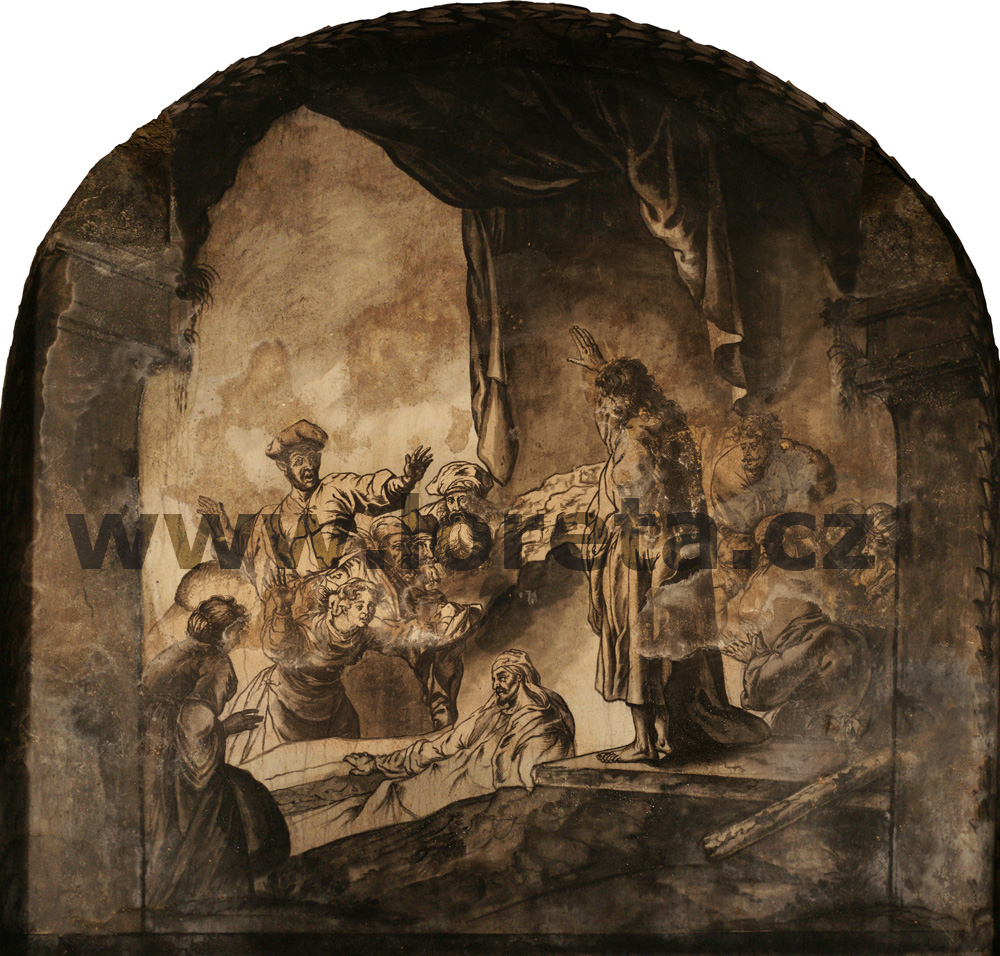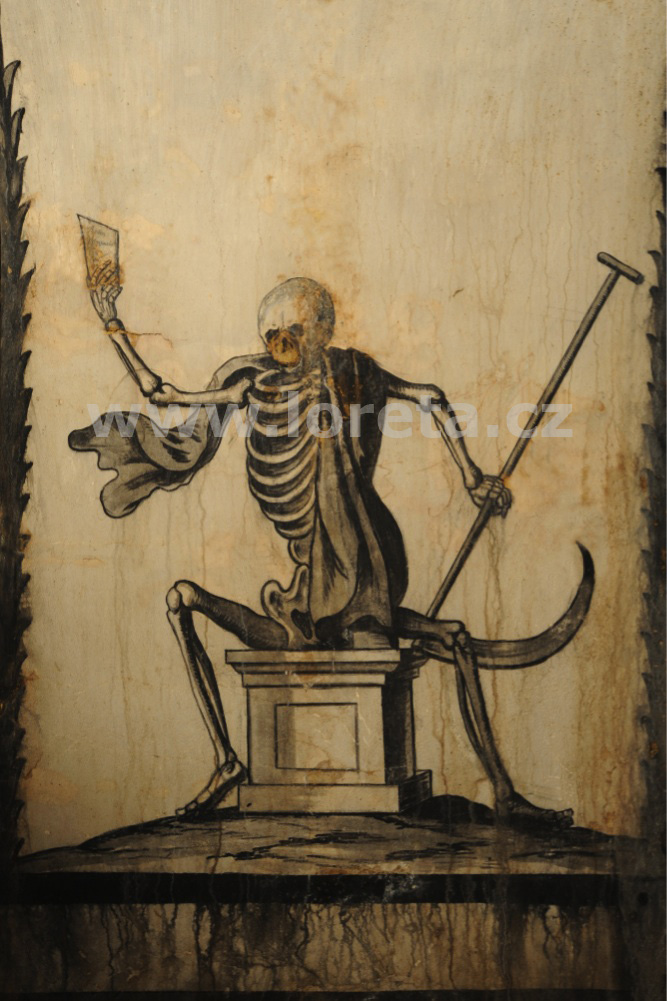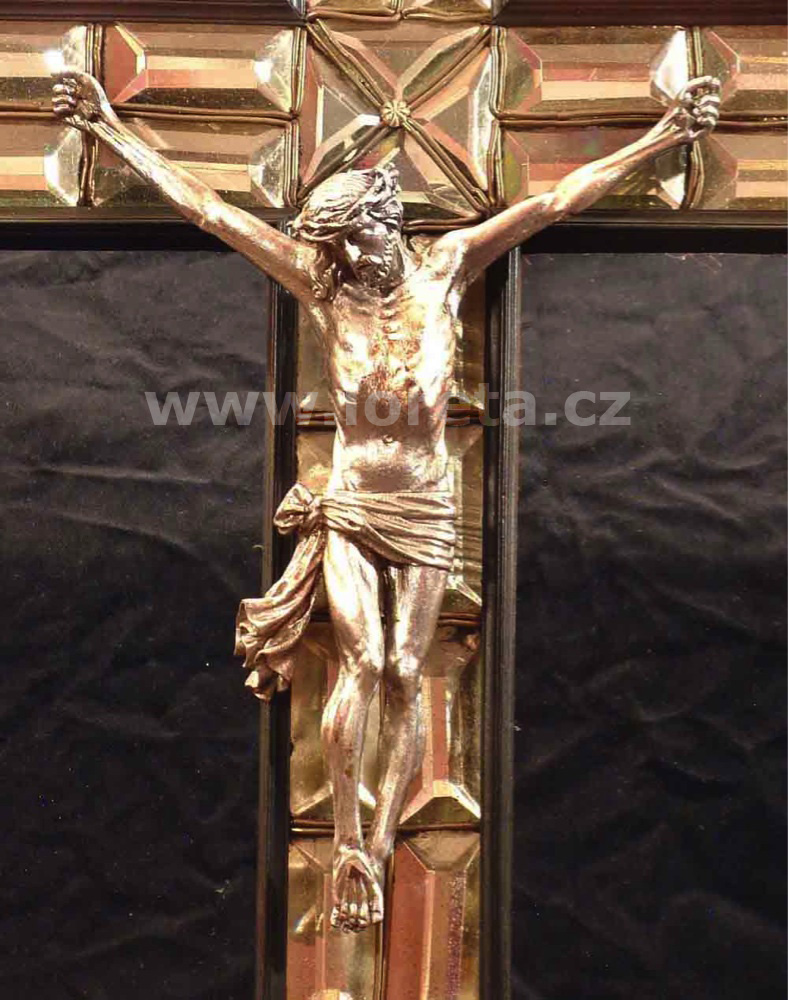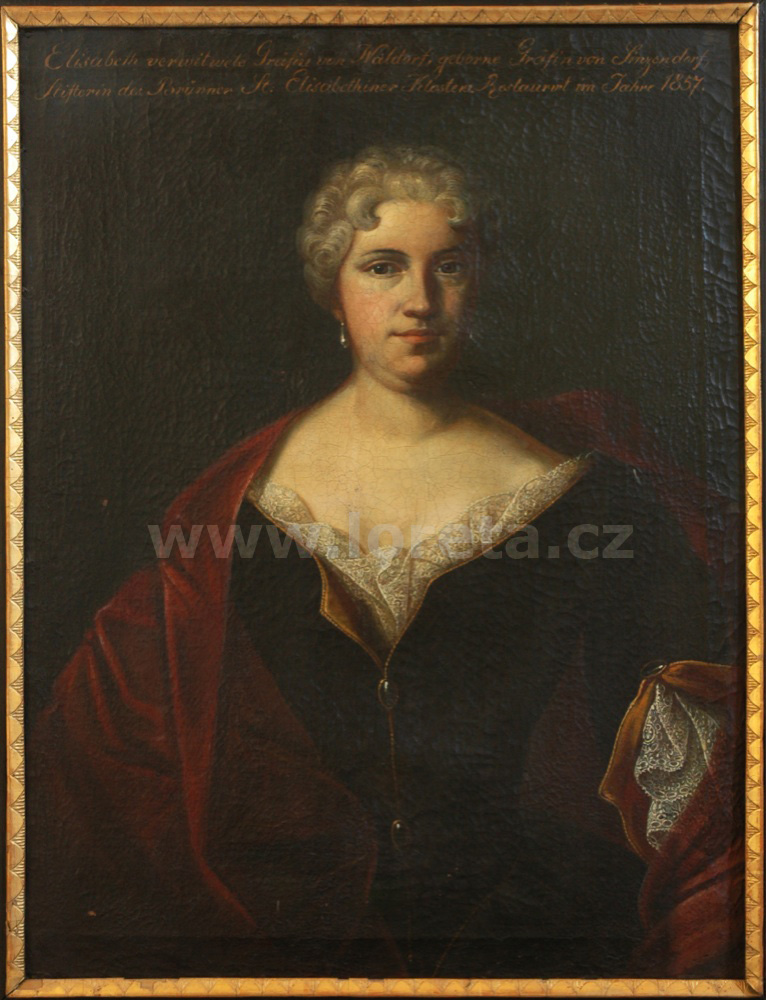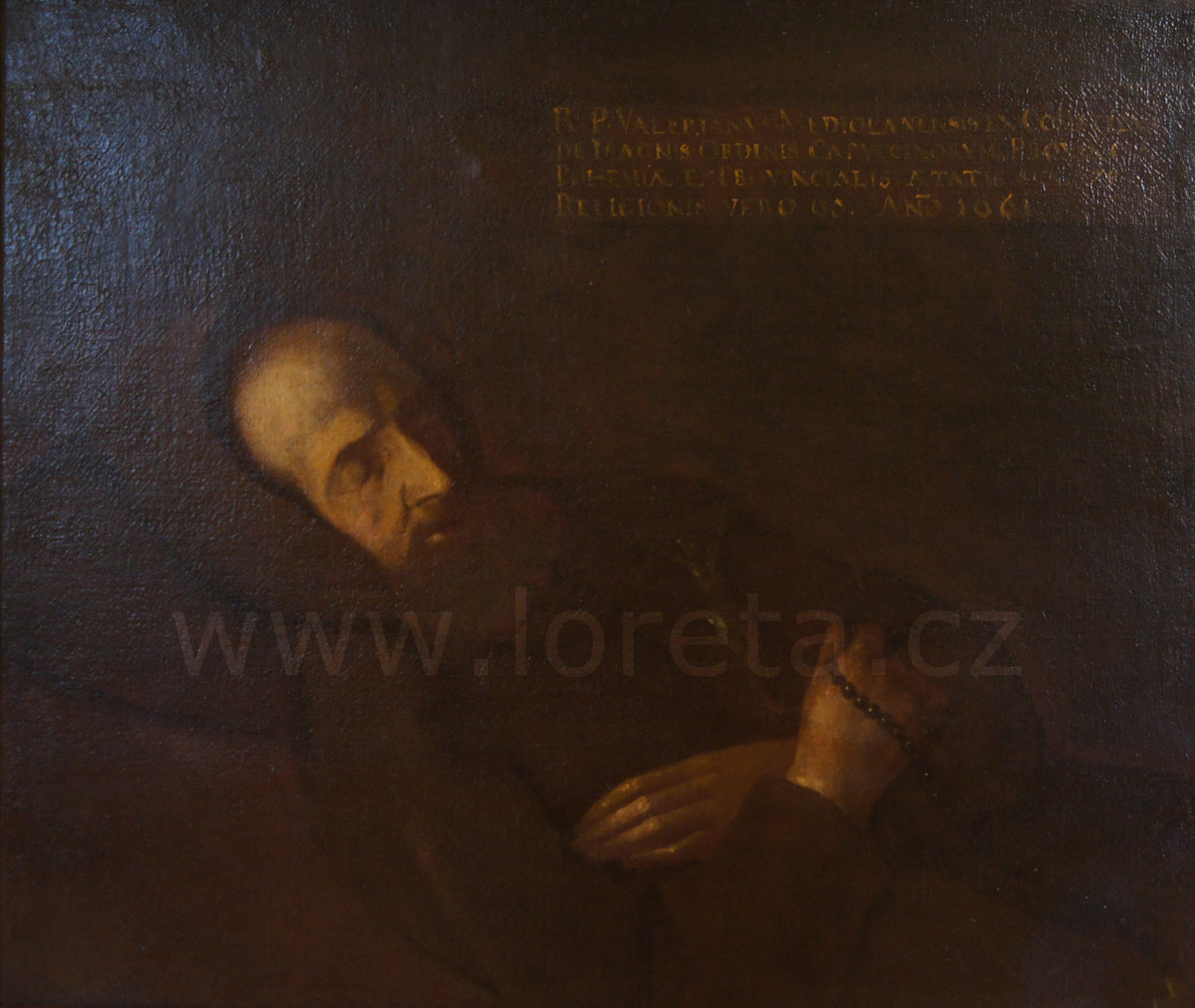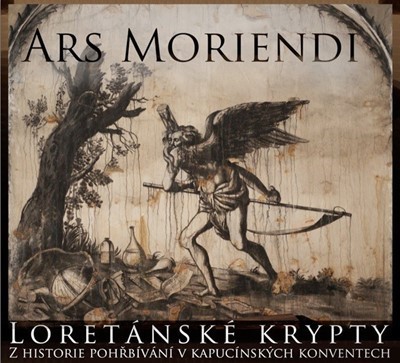
The Loretan Crypts. 4th May - 30th November 2012
It rarely happens that an entirely unknown monument in the centre of Prague is discovered. Enjoy amazing frescoes in Loreto Crypt!
The Catalogue of this Exhibition is available, also in English version.
The Loreto exhibition offers an opportunity to get more closely acquainted with the impressive crypt space decorated with unique paintings and with the Baroque ARS MORIENDI – The Art of Dying – the inner grasp of the end of human existence as a gate to eternal life.

The aim of the exhibition is, above all, to introduce to the public the hitherto unknown space of the crypt for benefactors beneath the church of the Nativity of Our Lord. A fascinating discovery in the crypt revealed unique Baroque mural paintings depicting motifs of Death and Resurrection – allegories of Time, symbols of fragility and transience of human existence. These frescos of exceptional quality were created in 1664 by the means of the special technique of chiaroscuro – employing exclusively the shades of black and grey. The work of their author, perhaps a Capuchin order painter, was derived from the Flemish and Dutch prints and was commissioned by the then patroness of Loreto, Countess Elisabeth Apollonia of Kolowrat. The main scene depicting the Raising of Lazarus was based on the famous etching by Rembrandt, which later inspired numerous artists across the centuries, including Van Gogh – the Loreto fresco is remarkable because it is a very early reaction to Rembrandt’s work created while he was still alive.
Owing to understandable reasons, it is not possible to open the crypt space to the general public. However, those who visit the exhibition will at least have an opportunity to enter its three-dimensional model, which was created for this purpose. Documentary film focusing on the crypt opening will be shown as a part of the exposition and photographs as well as documentation of work undertaken by restorers during the investigation of the murals will also be exhibited. Part of the presentation will be dedicated to other interesting exhibits associated with the burial practices in Loreto – for example the unknown ground plan of the Lobkowicz crypt of patrons beneath Santa Casa, design of Castrum Doloris created in 1698 for the burial of the Count Václav Ferdinand of Lobkowicz, collection of the Baroque funerary textiles or several reliquary crosses which were part of the Loreto treasure and had not yet been exhibited.
The exhibition will also introduce the customs related to burying in the Capuchin order crypts. Borrowed for this occasion from the Brno crypt were Baroque coffin lids with painted decoration, portraits and coats of arms of selected donors who sought their final resting place with the Capuchins. The perception of the order spirituality of Franciscan observance in the funerary sphere is broadened by the presentation of two Baroque Franciscan convent mortuaries.

